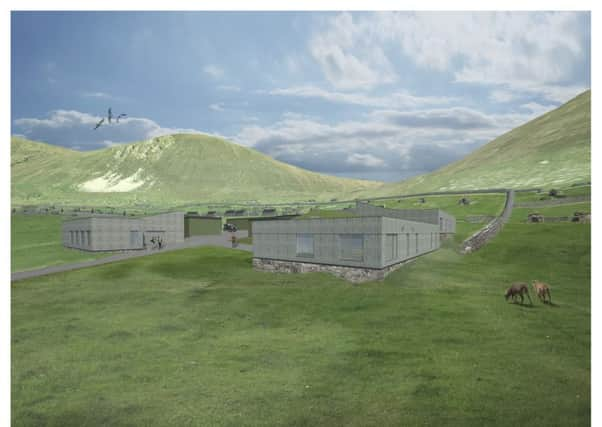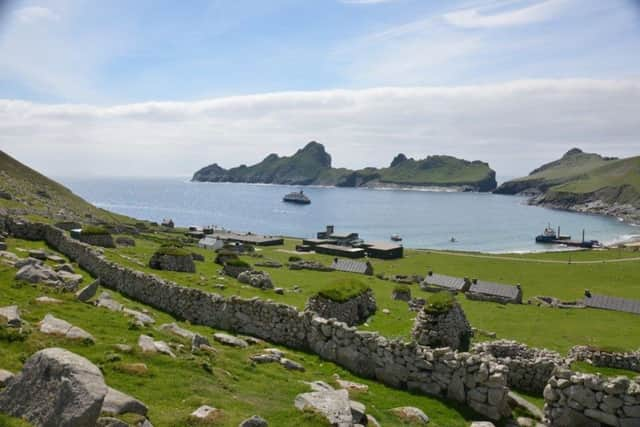St Kilda radar station set to get green makeover


But now in a bold move which will leave television make-over shows such as Grand Designs green with envy, conservation charity, the National Trust for Scotland, which owns the World Heritage Site islands “at the edge of the world”, has revealed the buildings will be transformed with “on-trend” environmentally-friendly features.
These will include stilted foundations, wood panelling and roofs planted with native St Kildan grasses in a style echoing the nearby abandoned cottages and cleits (small stone sheds) of Village Bay.
Advertisement
Hide AdAdvertisement
Hide AdHowever, construction will take around two years to complete – the rough Atlantic waters mean there is only one short season each summer when it is possible to guarantee regular access by boat.


The MoD, working with defence contractors QinetiQ and Skye-based architects Wittets, have submitted a planning application to Comhairle nan Eilean Siar for a thorough redevelopment and environmental upgrading of the facility which lies over 40 miles into the Atlantic from the Western Isles.
Galliford Try International and Hugh Broughton Architects have now been appointed to develop the design using expertise gained through building similar facilities in environments with challenging climates, including work for the British Antarctic Survey.
Susan Bain, the charity’s property manager for St Kilda, said: “We have been very impressed by the extent to which the MoD and its partners have gone to make sure they come up with proposals that will enhance the existing site and are both sympathetic and sustainable in the vitally important context of St Kilda.
“Most traces of the buildings from the 1960s will be removed and their replacements will be entirely appropriate to the setting in terms of design profile and best environmental practice.


“Every detail has been considered, down to ensuring that there is no chance of contaminant flora or fauna from the mainland being brought to St Kilda during the construction phase.”
The last residents were evacuated from the archipelago in 1930.
The military has been associated with St Kilda since the First World War when the Royal Navy erected a signal station. In 1957 the archipelago was accepted by the trust after being bequeathed by the 5th Marquess of Bute in 1956.